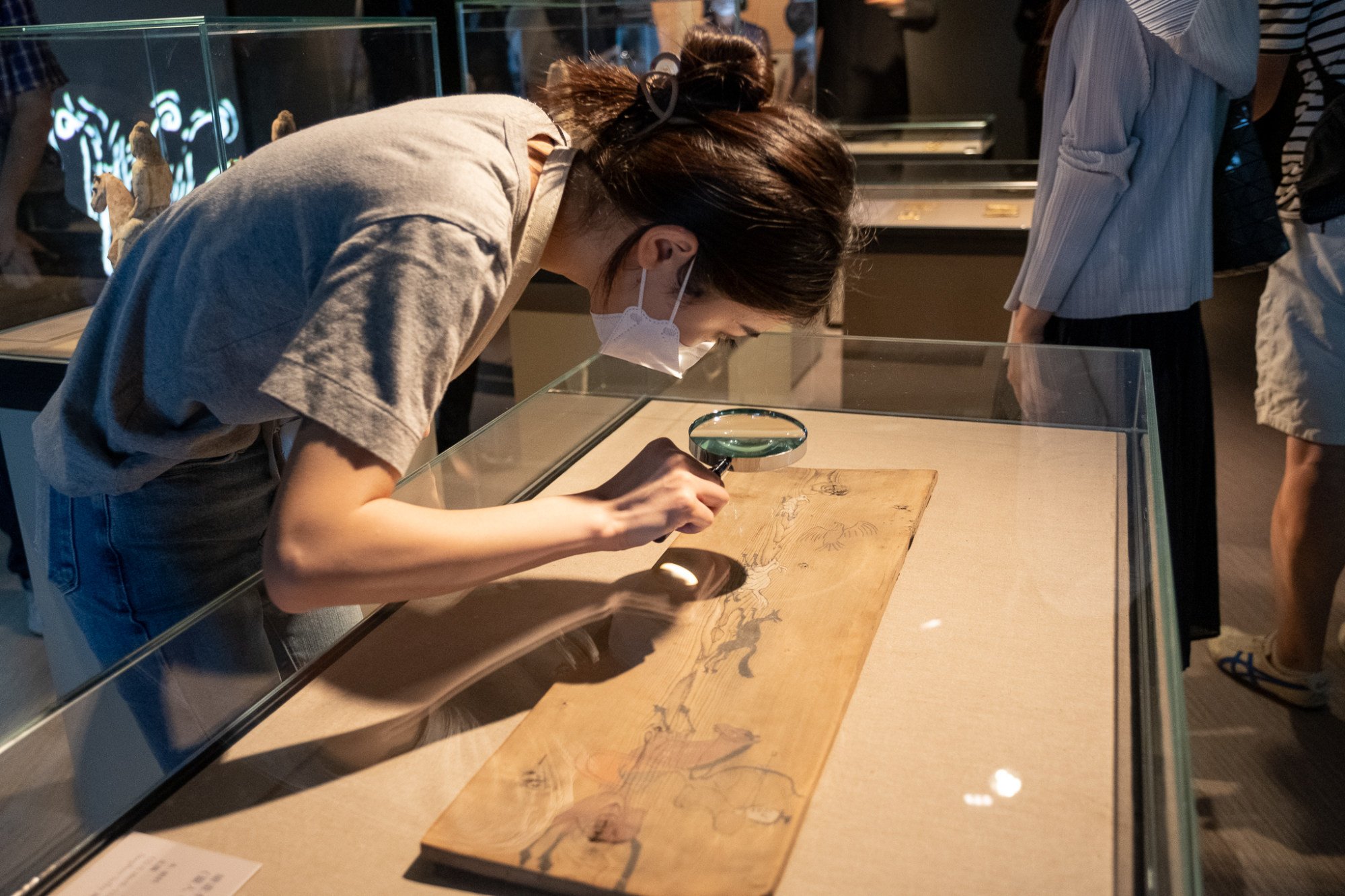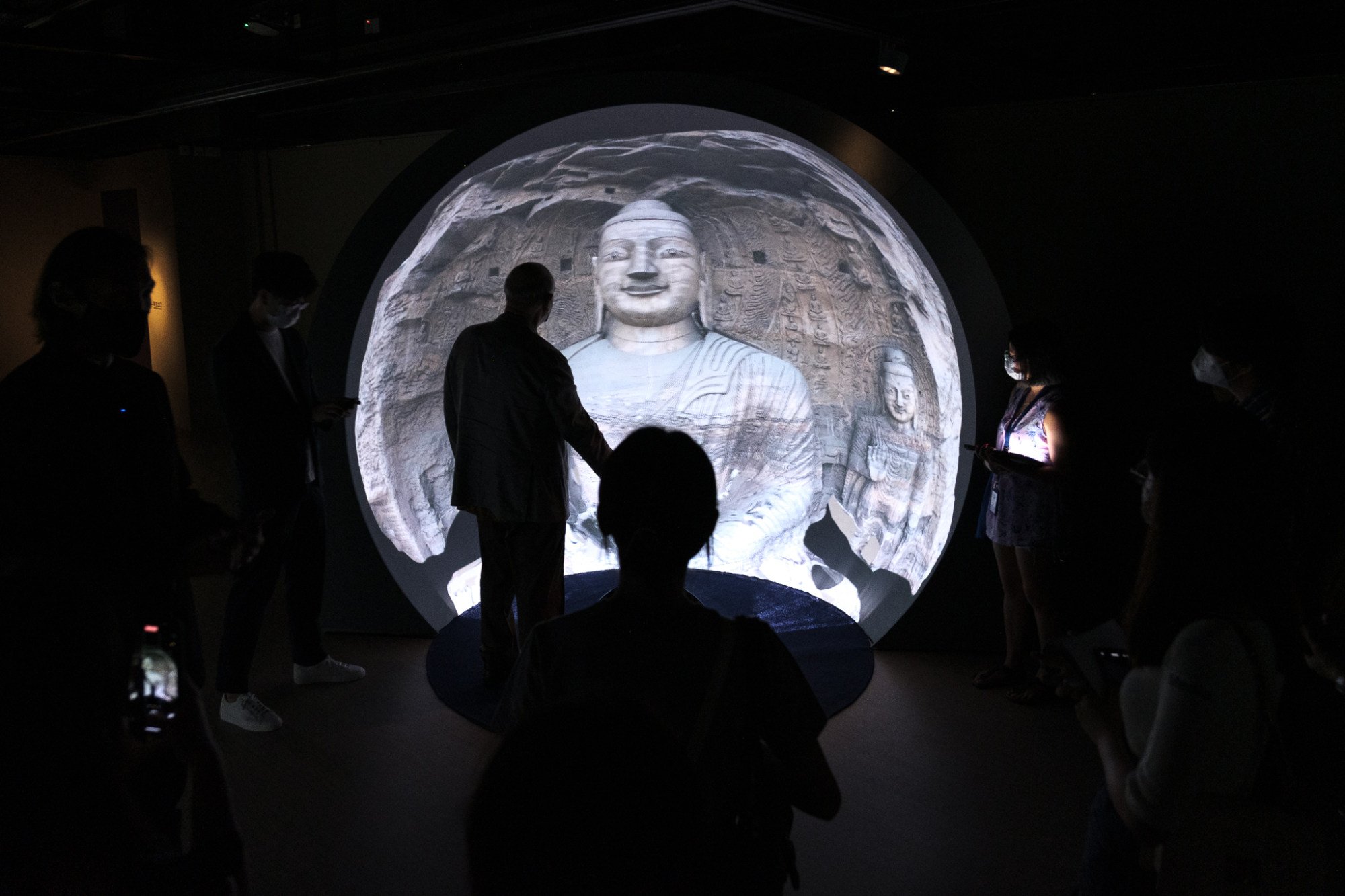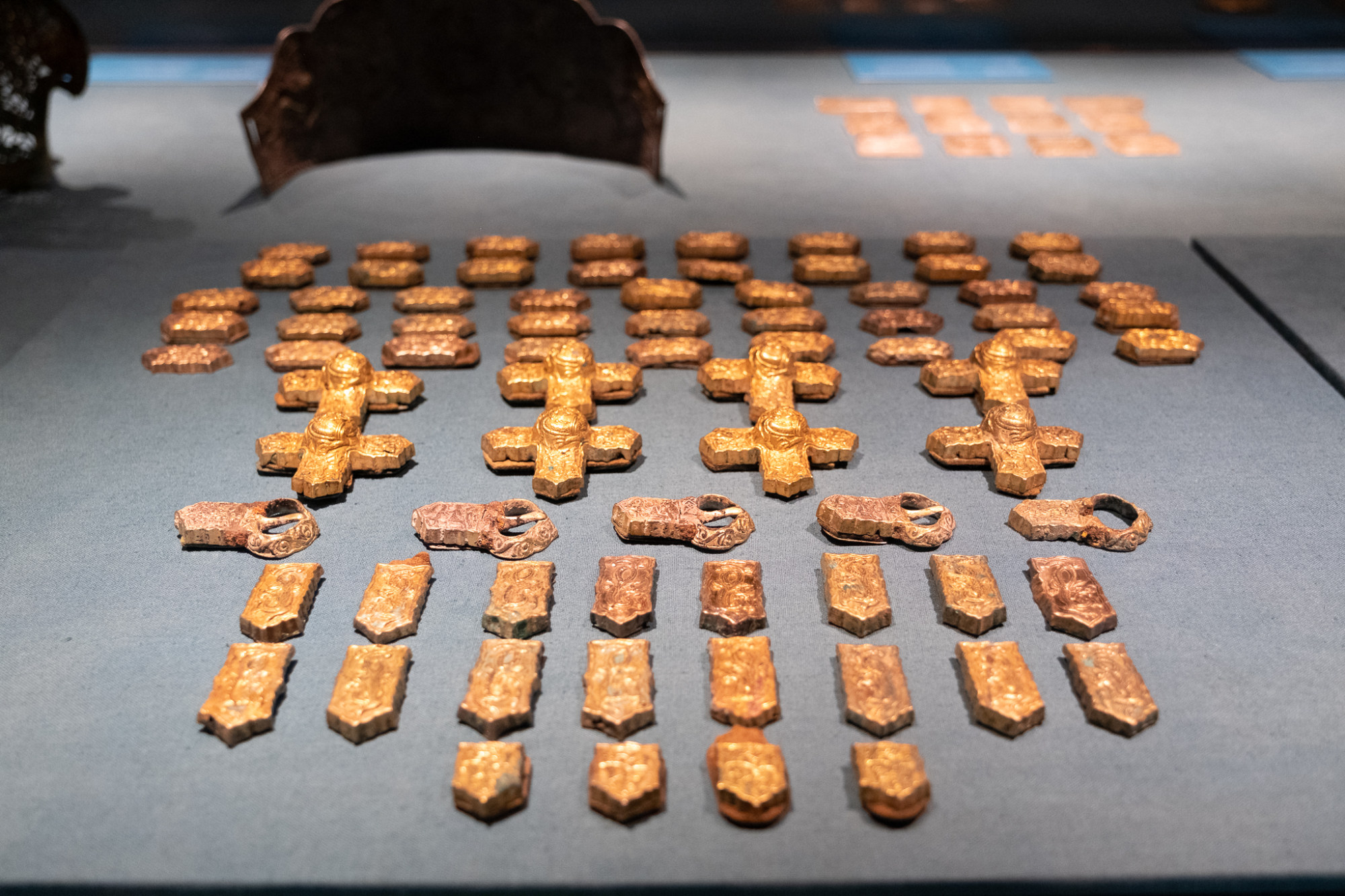
‘So much Chinese culture came from the outside’: nomads, the Silk Road and developments in ancient art in northern China
- Images of Mongolian steppes, forest and desert transport visitors to a Hong Kong exhibition to the region for an exploration of the art of ancient nomads
- Artefacts on display show the gradual refinement of nomadic art through cultural influences that flowed along the Silk Road from Europe
Visitors to “Hunters, Warriors, Spirits: Nomadic Art of North China” are greeted by stunning images of a verdant plain, a snowy white forest and an arid desert. All were captured by Hong Kong-based photographer Marc Progin during visits to the Mongolian steppes.
“This exhibition is really conceived as a journey,” he adds.
Chao, who is known for his passion for promoting traditional culture and heritage in Hong Kong and China, first thought of staging an exhibition on the culture of nomadic hunters in 2007.

The Hu: Mongolian folk rockers set for world domination
The exhibition features more than 250 artefacts from Chao’s own collection and from the Mengdiexuan Collection (owned by Betty Lo and Kenneth Chu), among others, to convey the sophisticated culture and heritage of tribes that were often referred to as barbarians by their contemporaries in China.
Visitors are offered magnifying glasses to better explore the intricate details of objects such as ornaments and belt buckles. The nomadic peoples were in the habit of using animal motifs, as their lives were so interconnected with nature. Wolves, yaks, horses, and even fantastical creatures such as griffins are recurring symbols.
They show the development of nomadic art from primitive to more refined forms, and the evolution of the nomads’ ways of life with the expansion of the Silk Road, the ancient trading route connecting Europe to Asia.

“When we talk about the exchange of material goods, this is only one dimension of the Silk Road,” say Chao. “The facilitation of exchange in religion, ideas, political views and philosophy is equally important.”
In one of the rooms, a dome projection of a 5th-century Buddha statue is shown along with a video of a shamanic Orochen ritual to illustrate the fact that the ancient warriors were known to practise both religions.
In another, a virtual-reality simulation presents a herd of reindeers moving around a collection of deer stones – megaliths covered in symbols found in Siberia and Mongolia. Some of the pieces on show, such as shamans’ costumes and a reindeer saddle, are also presented as 3D images that visitors can zoom into for a closer view.

The ancient nomads’ artistic heritage and spirituality have had a profound impact on those who lived in the same area after them, and their coexistence with nature is relevant in today’s world, says Chao.
“There is so much about Chinese culture today that came from the outside, and the vehicle? The nomads,” he says.

